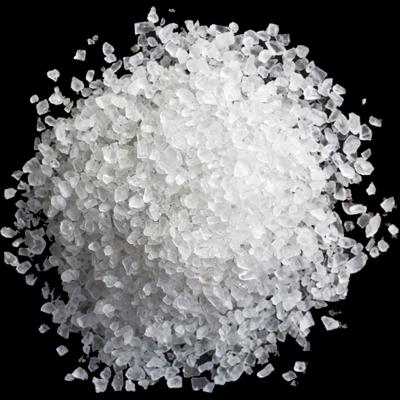‘Stone Age’ man extracted salt from seawater
It’s amazing what archaeology can dig up. New Scientist reported that “Stone Age Britons extracted salt from seawater using industrial-style processes more than 5,500 years ago.”
It was archaeologist Stephen Sherlock who discovered ancient salt-making kilns near the town of Loftus in north-east England. Fragments of ceramic pottery had salt on their interior surfaces. A hazelnut shell found in hearth charcoal was used to ‘radiocarbon date’ the site.
The discovery surprised many, given it means “people in Great Britain were producing salt thousands of years earlier than thought, before the Bronze Age.” Sherlock recounted how when he showed the finds to salt-making experts, “They said you’d expect to find that in the Iron Age.”

Sherlock added: “It changes how we think about Neolithic society.”
Indeed. But so also should the incongruity of the notion that people said to be of the ‘Stone Age’ used industrial-style processes. In stark contrast to the claimed ‘dating’ and oft-rewritten evolutionary ‘history’ of man, the Bible gives us a reliable historical account. The ancient Britons that Sherlock speaks of were, like us, all descendants of Noah. About 4,500 years ago he and his family survived the global Flood (Genesis 6–9) aboard a giant purpose-built Ark. Between creation (about 6,000 years ago) and the Flood, man was already making all kinds of tools out of bronze and iron (Genesis 4:22).
So much for the widespread belief about a ‘Stone Age’, then a ‘Bronze Age’, long before anyone made iron tools. People have always been intelligent and resourceful (even when forebears’ knowledge, experience, and technology had not been passed down to them).
- Marshall, M., Ancient Britons extracted salt from seawater more than 5500 years ago, newscientist.com, 31 Mar 2021.
- Sherlock, S., Early Neolithic salt production at Street House, Loftus, north-east England, Antiquity, cambridge.org, 31 March 2021.


Readers’ comments
Comments are automatically closed 14 days after publication.